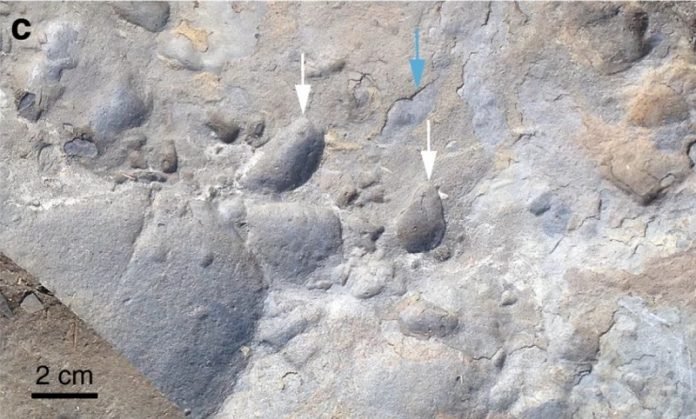
This could also inform the search for life on Mars.
Scientists have developed a new method for detecting traces of primordial life in ancient rock formations using potassium.
The method relies on searching for high concentrations of potassium in ancient sedimentary rocks, rather than traditional methods that look for carbon, sulfur, or nitrogen–which can appear in ancient rocks through processes unrelated to ancient life.
“Our findings show that microbial biofilms trapped potassium from ancient seawater and facilitated its accumulation into clay minerals that were buried on the seafloor,” explained Kurt Konhauser, professor in the University of Alberta’s Department of Earth and Atmospheric Sciences and co-author on the study.
“This is critical because there is no abiotic mechanism that can be used to explain the potassium enrichment aside from life itself.”
The study examined clay particles from the Francevillian Formation located in Gabon, on the west coast of central Africa.
This 2.1 billion-year-old formation hosts well-preserved microfossils in clay.
“In our quest to find evidence of early life on Earth, we have been limited to looking for a number of signatures that have all proven ambiguous, because, unfortunately, the signatures can be explained by both bacterial and abiotic processes,” explained Konhauser.
“Our results indicate that a different signature–potassium–is potentially a more unique tracer, as it could only have been created through the metabolism of living bacteria.”
Written by Katie Willis.



